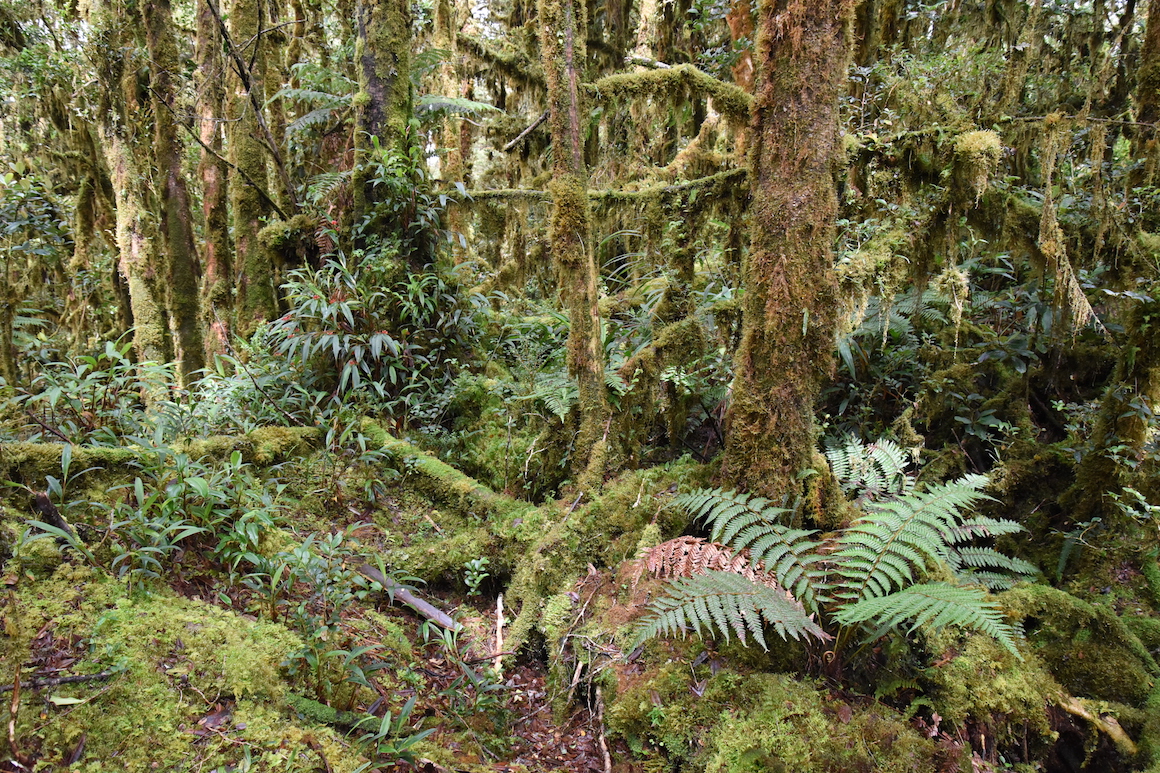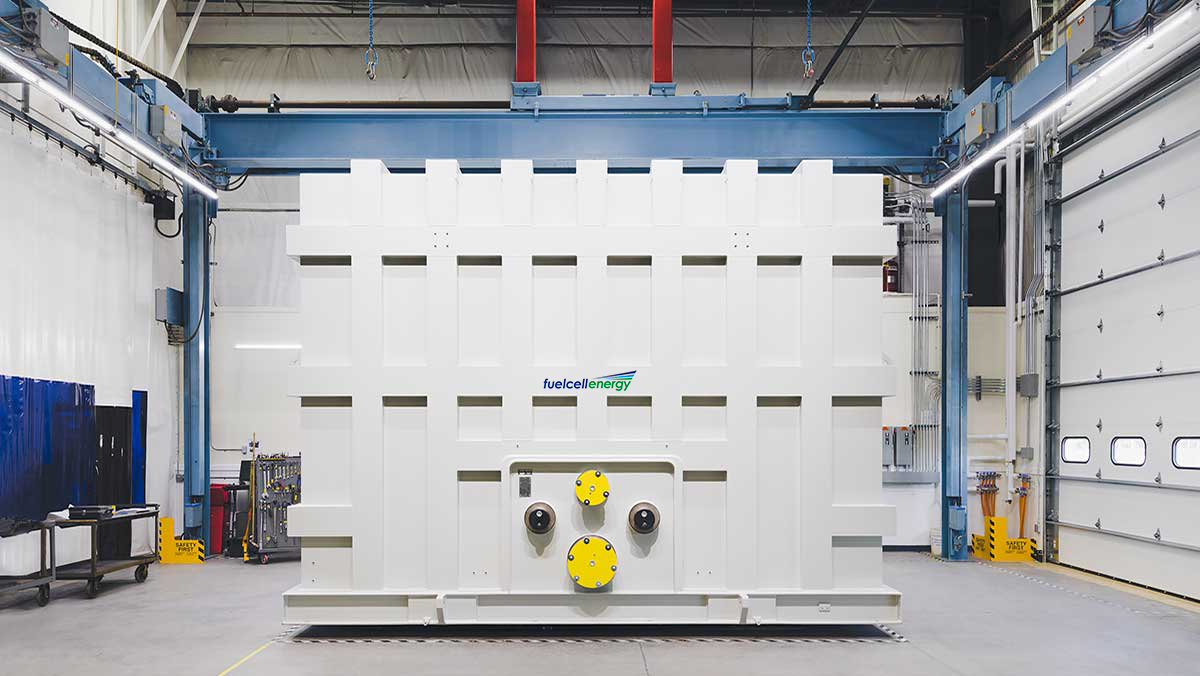Papua Nugini, separuh dari pulau besar Nugini yang berada tepat di atas Australia, adalah surga ekologi. Wilayah ini berisi hutan hujan terbesar ketiga di dunia dimana terdapat lebih dari 200.000 spesies tumbuhan dan hewan yang beragam, dan cadangan gas alam yang melimpah.
Namun, ada area istimewa yang membentang sepanjang 300 kilometer dari Pegunungan Papua Nugini hingga ke pesisir di mana sebagian besar lahannya belum terjamah dan belum pernah dilintasi. Wilayah ini mencakup Badan Sungai Kikori dan Bukit Hides di mana beragam studi keanekaragaman hayati yang komprehensif menyimpulkan sejumlah penemuan populasi baru.
Pada 2005, lebih dari satu dekade sebelum proyek PNG LNG ExxonMobil mulai dijalankan di sana, dengan sungguh-sungguh perusahaan dan para mitranya menyebarkan ilmuwan untuk menyusun katalog keanekaragaman hayati yang ada di area terpencil ini.
Saat menjalankan survei, para ilmuwan dengan hati-hati mendokumentasikan spesies tumbuhan dan hewan yang ada di suatu area, sebagai upaya untuk mengurangi dampak apa pun yang kemungkinan ditimbulkan oleh kegiatan operasi perusahaan di masa mendatang. Tugas ini memerlukan ketelitian dan waktu yang lama. Tetapi hasilnya telah dapat memberikan landasan ilmiah yang kuat bagi konservasi dan pengelolaan di masa mendatang atas keanekaragaman hayati di wilayah ini melalui kemitraan dengan masyarakat setempat. Survei PNG LNG juga menghasilkan penemuan spesies kehidupan liar baru, terutama tumbuhan dan katak.
“Proses yang dijalankan ExxonMobil untuk mendokumentasikan dan menjaga keanekaragaman hayati di area proyek ternyata menyingkap banyak penemuan baru,” kenang Steve Richards, peneliti independen yang sudah terlibat dalam upaya komprehensif ini sejak 2005. “Hutan di Bukit Hides benar-benar mempesona. Baru kali ini saya melihat begitu banyak burung cendrawasih di satu area,” tambahnya.
Sekarang Anda pun bisa melihat makhluk-makhluk ini. Klik foto di bawah ini untuk melihat sebagian dari spesies memikat yang menghuni Badan Sungai Kikori, Papua Nugini.



